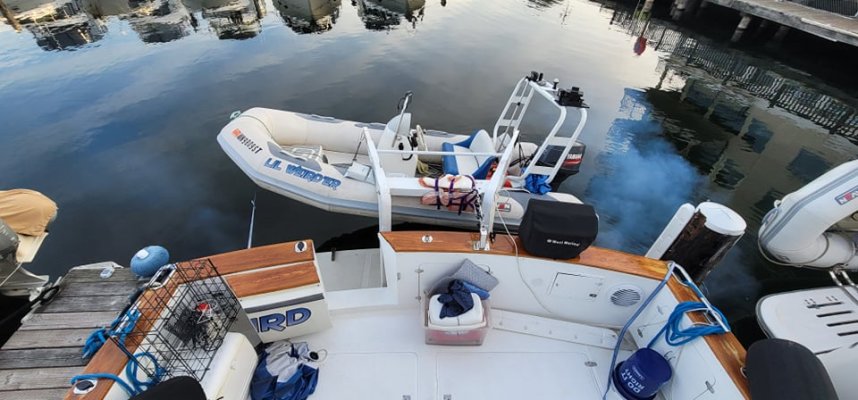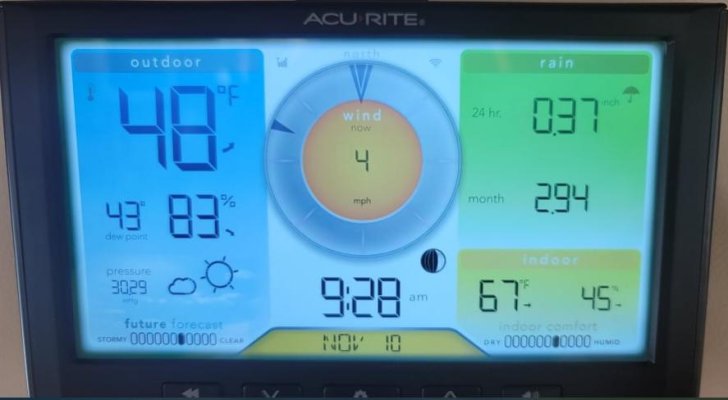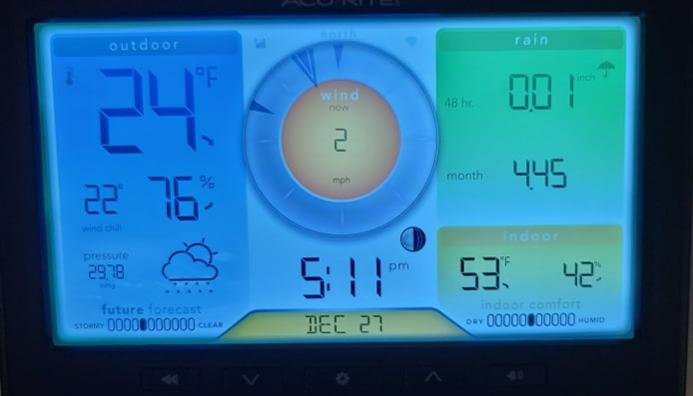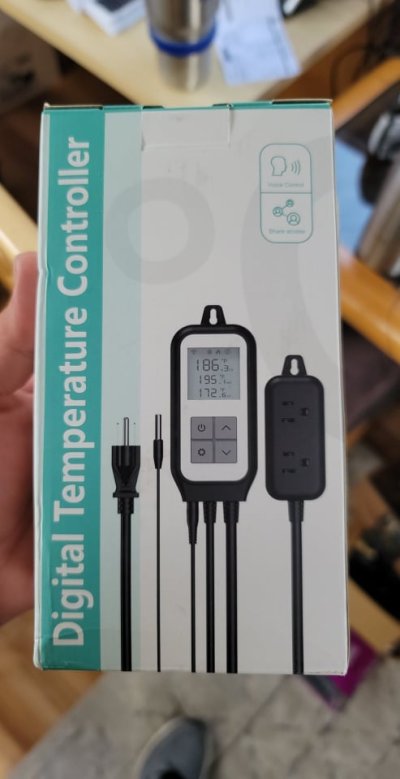OK, here goes! Long time reader, first post ever. Anywhere!
Based on the original poster's location (San Diego) and area to heat (125 Sq. Ft.) the following will work, albeit slowly, as I have a similar system to heat my Master Stateroom of 125 Sq. Ft.
Here is what I have.
On the output of the existing 17 Gal. 3Kw. water heater I added a 2.5 Gal 1.5Kw electric water heater in series to all demands. Then I established from the hot side of the new water heater a separate loop consisting of a Grundfos Pump and a 1.5Kw air coil. This loop returns the water to the inlet (cold) side of the original existing water heater. Valves and unions everywhere of course.
This system works as follows.
At the dock, plugged in, which is the original poster's condition, I think:
The 1.5Kw heater will heat both tanks (20 Gal, Delta T. 95º F.) in about 3 Hrs, pump on but no air coil running.
The 3 Kw heater, in half that time. Both on, an hour for the 20 Gal.
If you want the air coil on, you can do the math. It's basically linear.
When it's cold out I leave the 1.5Kw heater, air coil and pump on 24/7, in Vancouver BC.
Stateroom stays at 65º F. at 20 F. in a boathouse, enclosed.
The rest of the boat gets cold soaked, to about 35º F.
Underway:
The 1.5Kw tank is powered by a 3Kw MSW inverter. Wave form here does not matter.
The 3.0Kw tank and the pump have a pair of Outback's powering it. The wave form matters only to the pump..
2 alternators, 2.8Kw & 2.5Kw provide the grunt.
It's not "free heat", but here I agree with Ski, no house system can foul a ship's system. I won't put in peril $330k worth of engines to heat water, sorry.
On the hook.
With both tanks hot, (which is the norm) they will heat the Master for about 4 hours, no genset or inverter power req'd. Early on at night and under the covers, we both provide the "heat." The pump timer goes on at 4:00am. I get underway at 7, stateroom is at 65ºF, the Admiral gets up at 9:30 to a hot shower. Life is good.
By noon both tanks are hot again.
A couple of things to note.
You must ensure you fire the 1.5Kw water heater, as that is where all of your hot water comes from.
The rating of the air coils is based on a water temperature of about 180º F. Your water heater is likely set at about 140º F. Do not reset your water heater to 180º F. An air coil rated at 1.5Kw run at 140º F will deliver about 1 Kw. No more.
My air coil's fan is silent, as I sleep right there. Select your components carefully.





